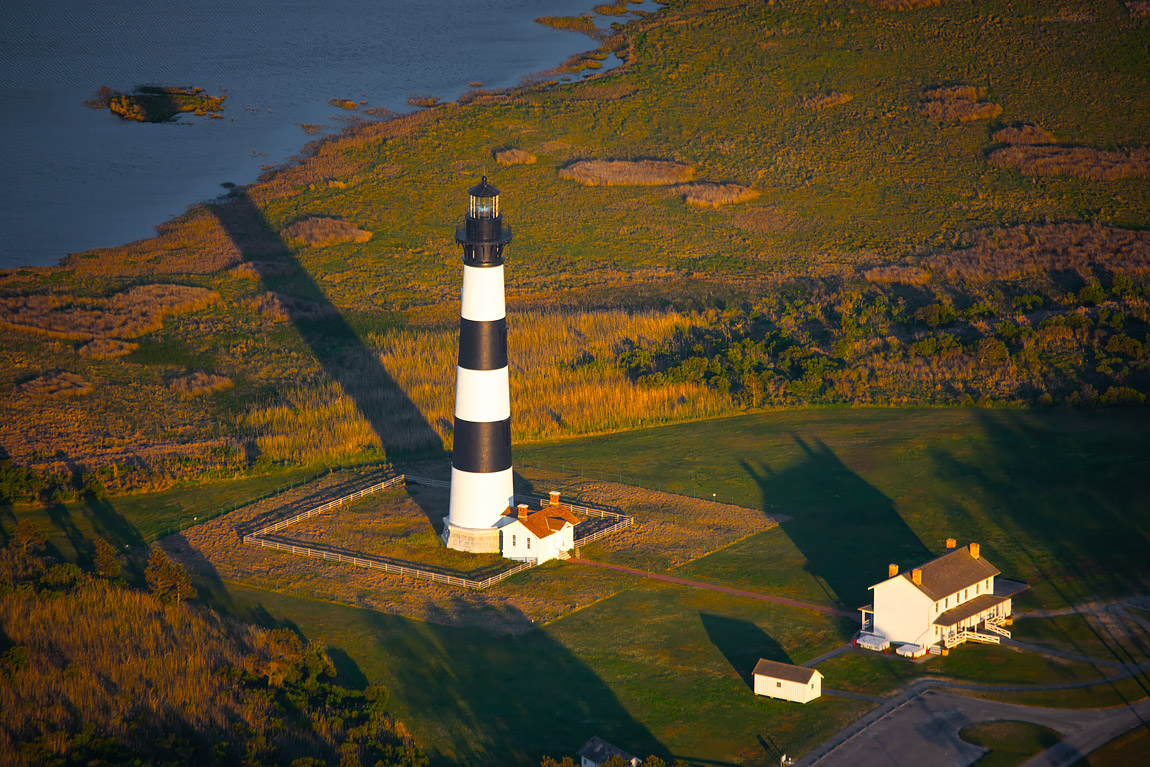Bodie Island Lighthouse is one of my favourite lighthouses, and I find it amazingly photogenic from all angles. Its tower, painted white with black horizontal bands, is approximately 165 feet tall, and its lens is 160 feet tall, so its first-order Fresnel shines 22 miles. The brick tower is only one of a dozen remaining in the US; however, a journey to the Outer Banks provides visitors with four such towers: Currituck Beach LH, also 165 ft, on the northern end of the Outer Banks; Cape Hatteras LH, with its painted spiral strip design, is the tallest at 210 ft. Finally, there is Cape Lookout LH, at the southernmost end of the Outer Banks, with its diamond-shaped black and white paint. It is 163 ft high and is located on Harkers Island. An interesting fact about the diamond design on Cape Lookout is that the black-painted diamonds designate North and South, while the white-painted diamonds indicate West and East.
Allowing myself around 10 days before our son’s graduation from the University of Virginia, I took a lighthouse expedition of the primary lights in Maryland, Virginia, and N. Carolina. The Outer Banks were at the end of my journey, and I knew that when I got there, I would never make it to Cape Lookout, as it requires a whole separate day to get to Harkers Island. So, I came up with the plan of chartering an aeroplane to fly from Kitty Hawk Airfield to Cape Lookout while flying over Bodie Island, Cape Hatteras, Ocracoke, and Cape Lookout before flying back. I timed our departure so that on the return flight, it would be late in the day with the sun low on the horizon. It was just so cool flying at 1,000 ft over the Outer Banks. At each lighthouse, my pilot would circle while I blasted away with my camera and its 100-400mm lens. The image here is from our final go around of Bodie Island before landing at Kitty Hawk.


